The Human Body Systems are our basic palette from where we function – or not. Lifestyle change is about becoming your own mechanic – and finding the understanding and expertise to use the tools and information that you read about. It is figuring out what is important for the body and mind to function well, get energy from and how to add to overall sense of wellbeing.
The Human Body Systems – demystifying lifestyle change
This is a post to bookmark, so you can nod with understanding, when you dig deeper into the ‘mysteries’ that lifestyle changes seem to be. My real drive to change came when I started to understand how my own body and mind was put together on a deeper level. My lifestyle change journey would not have started, had I not actually gotten into the basics.
What food is good for you, and what is not? Which movements hinder you, and which ones makes you go further? Why is smoking so hard to give up? All these ‘mysteries’ are dealt with in other posts in this site, but to fully get what they actually say – you need to go back to basics and remember those biology classes you once had. The Human Body Systems seemed so dreary then. Now they are key to our continued journey into lifestyle change.
The Human Body Systems
Let’s go back to basics and look at what makes this body of ours function.
- The circulatory system makes the blood, nutrients, oxygen, carbon dioxide, and hormones, move around the body.
- The nervous system is the control station which deals with both voluntary action (like conscious movement) and involuntary actions (like breathing), and sends signals to different parts of the body.
- The respiratory system has the double function of keeping us alive by oxygen intake, and also expelling carbon dioxide . This process of in and out is of course breathing.
- The digestive system is a series of interconnected organs that allow the body to break down and absorb food, and remove waste.
- The endocrine system is eight major glands that secrete hormones into the blood. These hormones regulate various bodily functions, such as metabolism, growth and sexual function.
- The immune system defends the body against bacteria, viruses and other pathogens that may be harmful.
- The lymphatic system includes lymph nodes, lymph ducts and lymph vessels, and also plays a role in the body’s defences.
- The skeletal system is 206 bones that are connected by tendons, ligaments and cartilage. The skeletons job is to help us move, and is also part of blood cell production and calcium storage . The teeth are also part of the skeletal system, but are not bones per se.
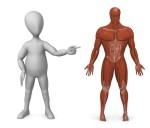 The body’s muscular system is an intricate design of some 650 muscles that helps movement, blood flow and other bodily functions. There are different types of muscle: skeletal muscle – connected to bone, and helps with voluntary movement; smooth muscle – inside our organs which move substances through organs, and cardiac muscle – our heart muscle that pumps blood.
The body’s muscular system is an intricate design of some 650 muscles that helps movement, blood flow and other bodily functions. There are different types of muscle: skeletal muscle – connected to bone, and helps with voluntary movement; smooth muscle – inside our organs which move substances through organs, and cardiac muscle – our heart muscle that pumps blood.- The reproductive system allows humans to become more – to reproduce.
- The urinary system is the waste disposal unit – whereby foods that have been broken down is exited from our bodies.
- The skin, or integumentary system, is the body’s largest organ. The skin eliminates waste (perspiration), and keeps us warm and cool – regulates body temperature. The skin is also a defence against bacteria, viruses and other pathogens. . In addition to skin, the integumentary system includes hair and nails.
Vital organs
The vital organs are the brain, heart, kidneys, liver, and lungs. They are called vital because they are essential for survival.
- The human brain is the body’s control center, which receives and sends signals to other organs through the nervous system and through secreted hormones. It is responsible for our thoughts, feelings, memory storage and general perception of the world.
- The human heart is a responsible for pumping blood throughout our body.
- The job of the kidneys is to remove waste and extra fluid from the blood. The kidneys take waste or urea out of the blood and combine it with water and other substances to make urine.
- The liver has many functions, including detoxifying of harmful chemicals, breakdown of drugs, filtering of blood, secretion of bile and production of blood-clotting proteins.
- The lungs are responsible for removing oxygen from the air we breathe and transferring it to our blood where it can be sent to our cells. The lungs also remove carbon dioxide, which we exhale.
The Human Body Systems – Moving forward with Lifestyle change
This is not meant as a lesson, but merely as a reference point. It is a marvel to realise what we are made up of.
To make lifestyle change part of your life, understanding the basics make sense. That is what made me want to change for good – not diet or get into some fitness fad – but really turn the page and move on with actual life and living.
Let’s take a moment to look at the intricate connections that make the Human Body Systems tick, function and move. Putting this together with the lifestyle choices that we make and not – what is then the mind – and how does it work together with the body to make sure we stay on course? 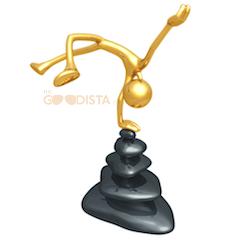
Recommended and Related:
- The Human Body Systems – health.howstuffworks.com
- Human Body Systems – Fact Monster
- The Human Body – Livescience.com
- Why Lifestyle Change – thegoodista.com
- Health Matters: How to Balance Life and Win Time – thegoodista.com

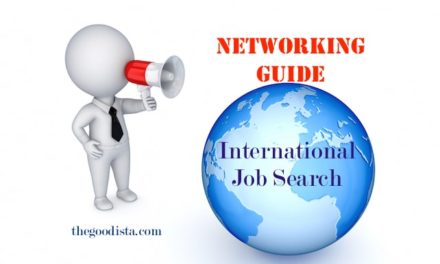

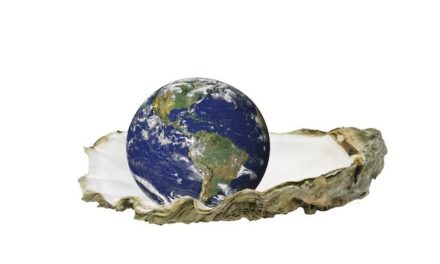
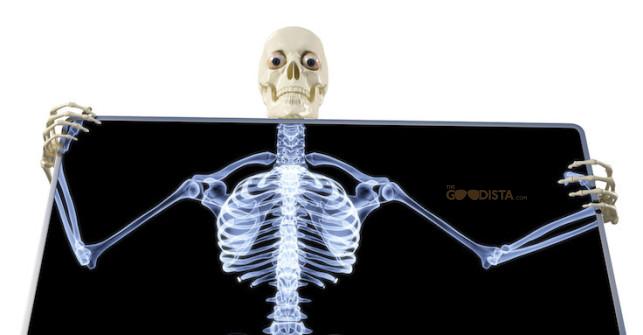
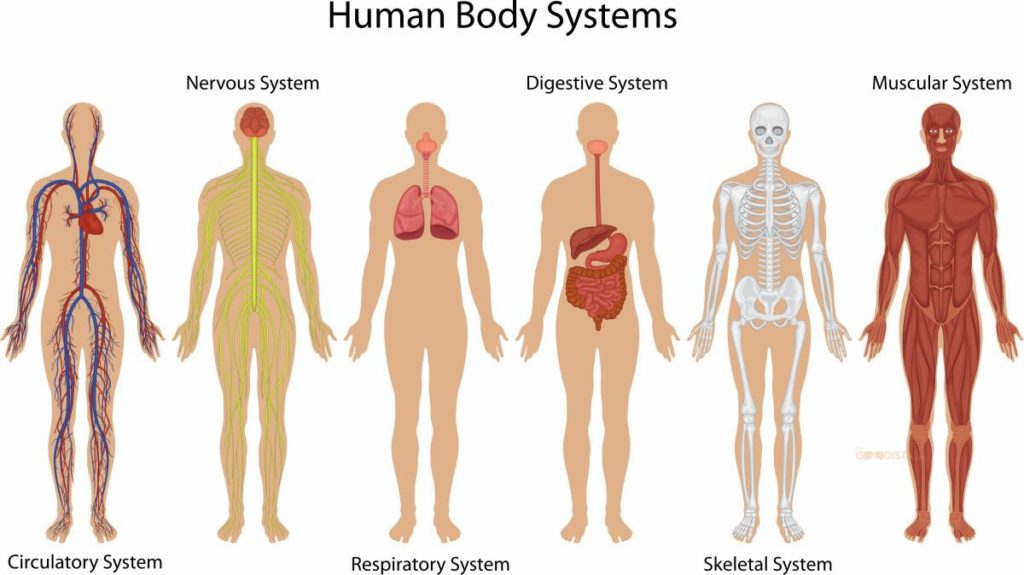


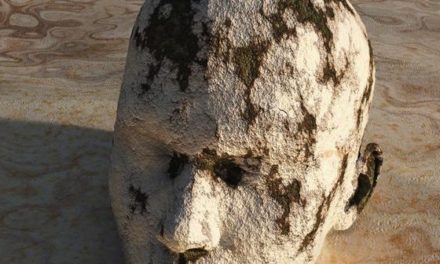
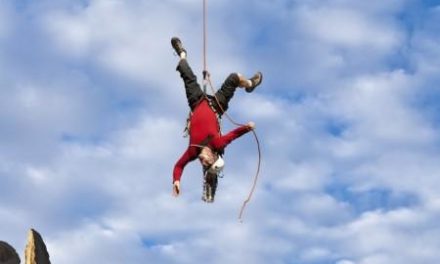
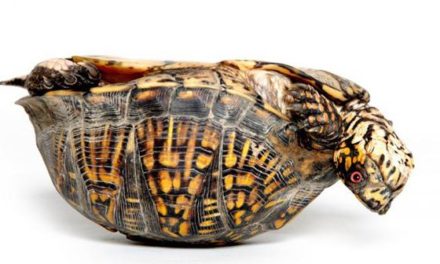
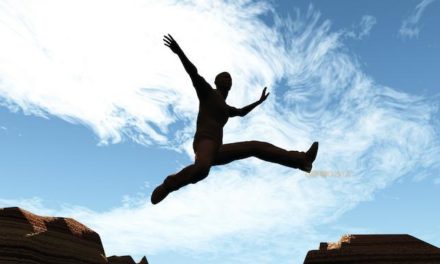


Good topic. I need to spend some time learning much more or working out more.
Thank you for fantastic information.